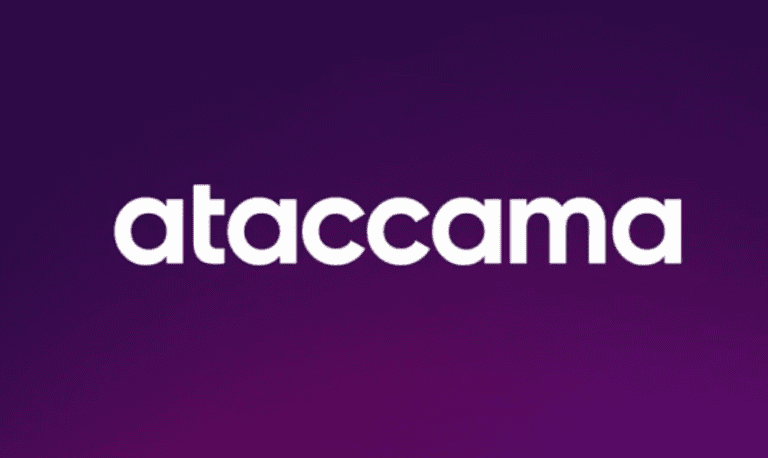Ataccama wants to build companies’ trust in their own data. This can only be done by mapping the path that data takes. To make this a reality, the company has created Lineage.
Two in five Chief Data Officers (CDOs) struggle with fragmented and inconsistent IT systems, Ataccama highlights. Despite all kinds of investments in end products, the data they rely on is still fragmented or of low quality. Ataccama Lineage should put an end to this fuzzy nature of data and bring it into clear view.
Conversations with data
The company has talked before about cultivating trust in data. Or, rather, cultivating trust in a sensible arrangement of data. By seeing where records come from, how sensitive data moves through the IT network and where customer data resides, data flows become manageable.
Through AI, it should be possible to “talk to data,” as it is sometimes called. The key here is to say goodbye to all kinds of dashboards, which Ataccama says IT professionals are swamped with. For AI and analytics, which require data to be organized in an orderly fashion, Lineage should be the foundation to build upon a healthy data estate.
How it works
Ataccama Lineage promises four benefits. First, data quality problems are resolved more quickly, such as when records don’t match, pricing data differs across systems and inventories are incorrect. Lineage can figure out where a problem originated and even fix them.
Compliance becomes a lot more feasible as a result, such as when the right data needs to be classified as sensitive or IP-related. Ataccama wants to use this to make organizations “audit-ready” and discover any privacy risks before a fine lands in the mailbox.
Another key area which Lineage is aimed at delivering on, is end-to-end visibility of data flows. Whether the data resides in the cloud or on-prem, Lineage must be able to discover it. Enhanced filtering also allows users to access only critical data sets to solve the most important problems faster.
Finally, Ataccama assists with cloud migrations by detecting redundant pipelines, dependencies and important datasets. As a result, dated systems should not be a cause for further complexity in a new IT setup, such as in the public cloud.
Also read: Ataccama: From chaos to collaboration, the death of the data dashboard
